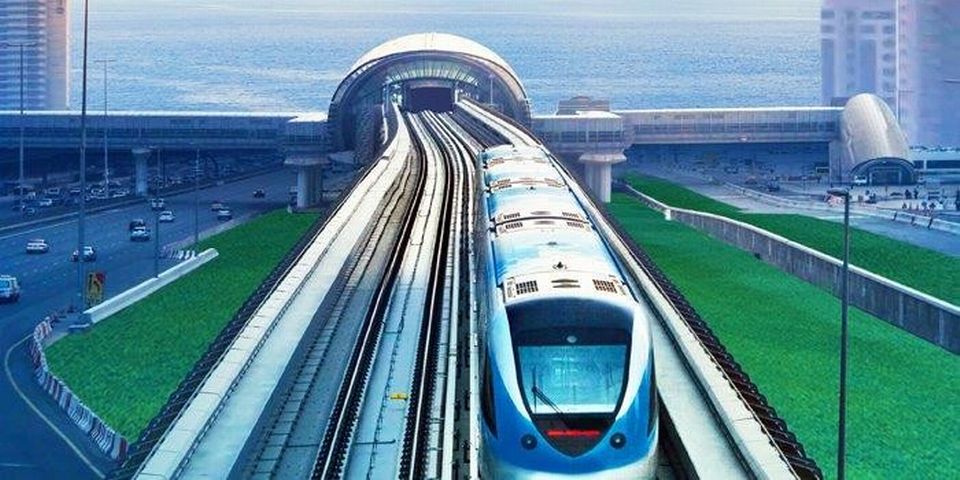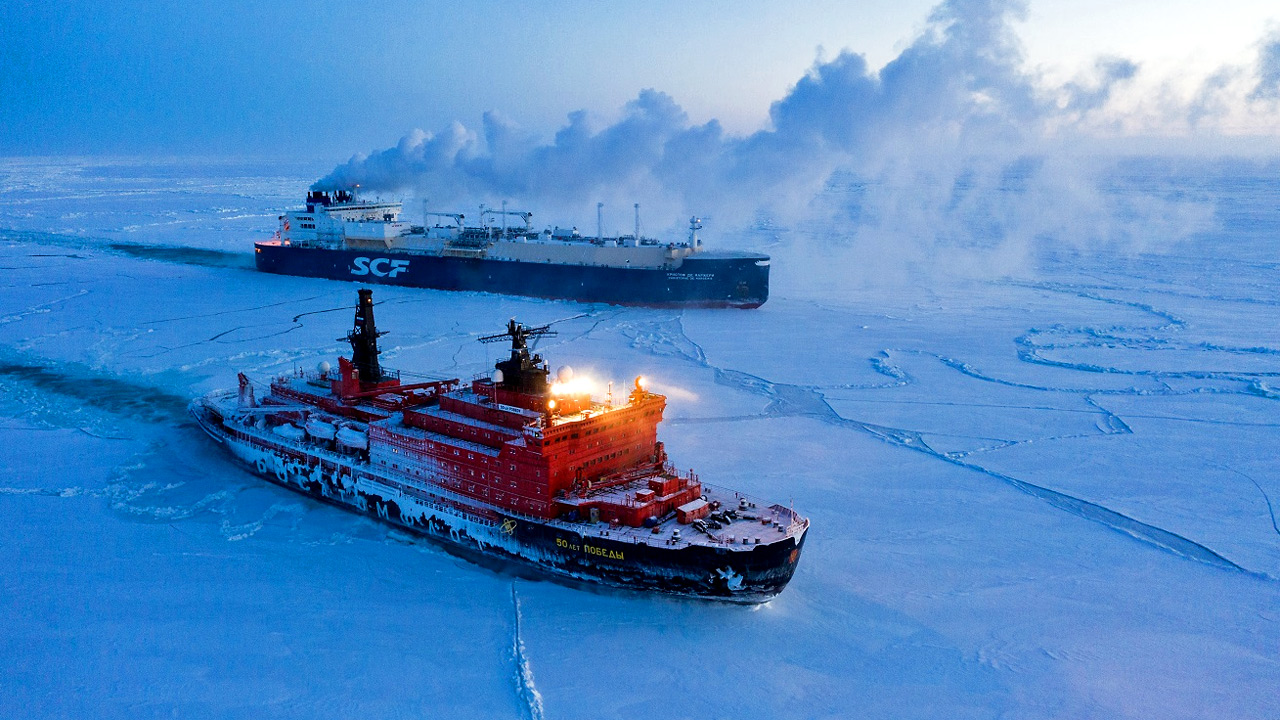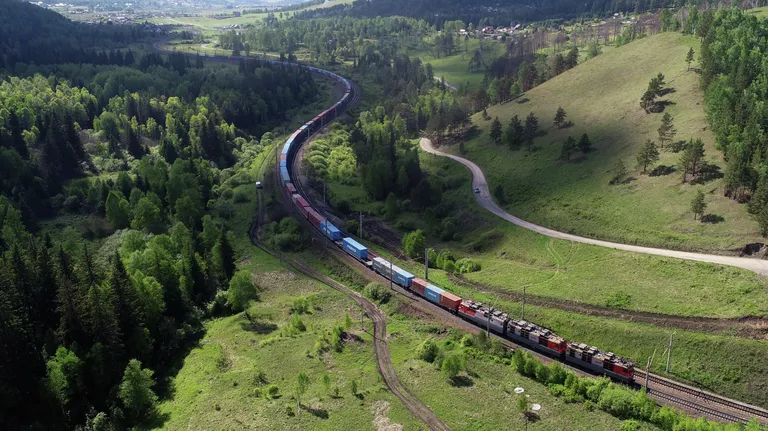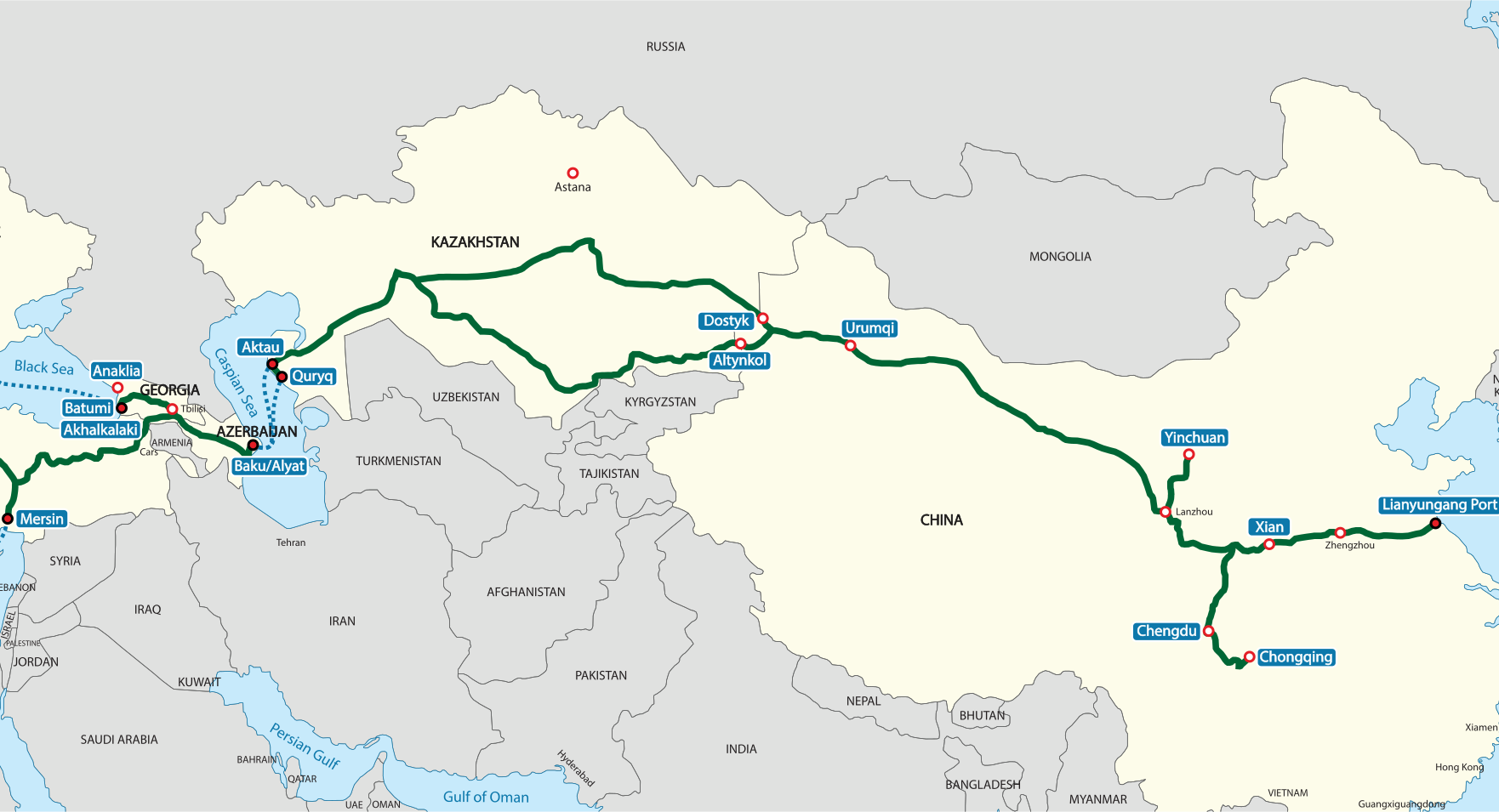
Moscow Seeks to Block Tallinn–Helsinki Tunnel as Project Gains First Foreign Funding
Moscow Seeks to Block Tallinn–Helsinki Tunnel as Project Gains First Foreign Funding
Dubai’s ARJ Holdings announced, on December 3, it is investing 100 million euros ($125 million) in the Tallinn–Helsinki tunnel project (Rzd-partner.ru, December 4). This amount represents only a small fraction of what the construction of that 50-kilometer undersea rail tunnel will cost. And yet, because of the project’s momentous geo-economic and geopolitical consequences, Moscow is already seeking to block it, not only by demanding ecological impact studies experts say will take years (Sputnik News, November 30) but also by working to find allies in Europe who will oppose the tunnel (Sputnik News, November 20).
The infusion of foreign money into the long-discussed project, also known as FinEstLink (see EDM, June 21, 2016), suggests that it may now take off. Still, it remains unlikely that the undertaking, which would involve the longest undersea tunnel ever constructed, will be fully funded anytime soon. Estimates of its total cost range upward from $10 billion, an amount beyond what Estonia and Finland can afford and which the European Union is still reluctant to supply. And even if that financing problem is overcome, the tunnel will probably not be completed and ready to handle traffic before 2030 (Rzd-partner.ru, December 4; YLE, December 11).
Nonetheless, the Dubai money seems certain to give a new impulse to this project, and the prompt Russian reaction suggests that Moscow takes this possibility quite seriously. The construction of such a tunnel would link Finland more closely to the West, undercut Russia’s efforts to undermine the Estonian economy, and contribute to a geopolitical reordering of Central-Eastern Europe by strengthening a north-south axis of states extending from Finland in the north to Ukraine and the Balkans in the south, all standing together against Russian revanchism (see EDM, October 25).
Estonian and Finnish officials and businessmen have been talking about the possibility of constructing such a tunnel beneath the Gulf of Finland for more than 20 years, reflecting the desire of both sides to provide more rapid and inexpensive transportation between their two capital cities. During the summer months, people can travel between Tallinn and Helsinki on a fast ship taking 100 minutes; the rest of the year, ships take three and a half hours or more. Past efforts to provide faster catamaran and helicopter services broke down—the former because of bankruptcy and the second because of accidents (YLE, August 10, 2005; The Baltic Course, September 18, 2013). Some fast catamaran service restarted last summer and is expected to expand in 2019 (ERR, May 28, 2018). Nevertheless, considering the high demand for travel between the capitals of Finland and Estonia—travelers make an estimated eight million such trips per year (The Guardian, January 6, 2016)—interest in establishing a more reliable, year-round connection, such as the FinEstLink tunnel, is growing.
Over the last decade, there have been repeated feasibility studies by the two governments, businesses and the European Union. All of them have concluded that a tunnel, if constructed, would boost trade between the two countries and between Finland and the EU more generally. Most have based their models on a rail-only tunnel. (Cars could be loaded on trains but would not be able to drive.) And they have suggested that the tunnel would cut the time for travel between Tallinn and Helsinki to 40 minutes or even less (Rzd-partner.ru, December 4; YLE, December 11).
Most of the sea floor beneath the Gulf of Finland, through which such a tunnel would pass, consists of limestone, making construction relatively easy compared to sea beds elsewhere that are made of harder stone. Nonetheless, two sets of problems persist. First, even the project’s promoters widely concede that the tunnel will only be economically successful if the EU funds at least 40 percent of it, with Tallinn and Helsinki as well as foreign governments and firms financing the remainder. And second, Brussels has made clear that any such tunnel rail line must meet EU track standards, something that poses a problem for Estonia and Finland, both of which use wider Russian-gauge tracks. That would mean that any rail traffic would either have to be shifted to go into or out of the tunnel, or the gauge of adjoining tracks in the two countries will have to be changed, an incredibly expensive prospect for Estonia and Finland. It seems likely that Russia will play up this issue in both Brussels and the two countries directly involved.
But despite these problems, the economic possibilities and geopolitical consequences strongly suggest that the project will go forward. Economically, trade would increase dramatically not only between Finland and Estonia but between both and the EU as a whole: The Tallinn–Helsinki tunnel is designed to link up with the European-gauge high-speed Rail Baltica project (currently under development), which will span the three Baltic States and Poland, and extend to Germany (see EDM, June 21, 2016; October 19, 2016; June 28, 2017). That would undercut Russia’s continuing effort to undermine the Estonian economy by reducing export and import traffic via Estonian ports and thus ensure that what many have called “the Estonian miracle” will continue. And geopolitically, the project would integrate Finland more closely with the West, as well as the north-south belt of frontline states located between the Russian Federation and “old” Europe. To the extent those states come together, they will be better able to protect themselves both collectively and through appeals to the West. And for that reason, Moscow seems certain to do what it can to block the tunnel project. Yet, with money now coming in from the Middle East and likely China, Russia’s ability to do so should not be overstated.


